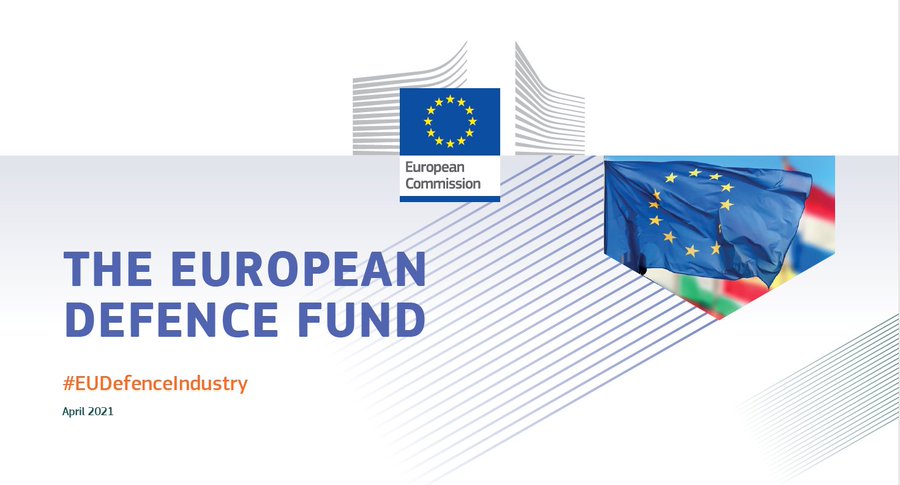At CAPIQAL, we know that creating accurate financial projections is key to winning research and development (R&D) grants. Let’s explore 10 essential steps to master this crucial skill and increase your chances of securing funding for your innovative projects.
Key Takeaways
| Step | Key Point |
|---|---|
| 1. Understand R&D Funding | Familiarise yourself with various funding sources and success rates |
| 2. Break Down Costs | Categorise direct and indirect expenses accurately |
| 3. Detailed Budget | Create an itemised, timeline-based spending plan |
| 4. Match Agency Rules | Align projections with specific funding agency guidelines |
| 5. Include Backup Plans | Prepare for unexpected costs and challenges |
| 6. Show ROI | Highlight potential impact and value of your project |
| 7. Avoid Common Mistakes | Be aware of typical errors in financial projections |
| 8. Advanced Techniques | Utilise sophisticated financial projection methods |
| 9. Monitor and Adjust | Regularly review and update projections |
1. Understand the R&D Funding Landscape
We at CAPIQAL understand that the R&D funding world is vast and varied. In 2020, total R&D spending in the US hit $667 billion. Funding comes from federal agencies, state programs, and private foundations. Success rates differ based on the source and program. Understanding this landscape is crucial for tailoring your financial projections effectively.
Key aspects we help you consider include:
- Different funding sources (government, private, academic)
- Typical grant sizes for your field of research
- Competition levels and success rates
- Funding priorities and trends in your area of study
Our grant funding advice services can help you navigate this complex terrain and identify the most suitable funding opportunities for your R&D project.

2. Break Down Research Costs
To create a strong grant application, we help you categorise your research costs correctly. There are two main types:
- Direct expenses: These include personnel costs, equipment, materials, and travel.
- Indirect expenses: These are overhead costs, usually 40-60% of direct costs in academic settings.
When breaking down costs, we consider the following:
- Salaries and benefits for researchers and support staff
- Equipment purchases or rentals
- Consumable materials and supplies
- Travel expenses for conferences or field work
- Publication costs
- Facility usage fees
- Administrative overhead
Our eligibility assessment service can help you figure out which costs fit your grant application and how to categorise them effectively.

3. Create a Detailed Budget Breakdown
We know that a well-organised budget is crucial for grant success. At CAPIQAL, we make sure to include:
- Itemised costs for each category
- Timeline-based spending plans
- Reasons for each cost item
When creating your budget breakdown, we consider these additional points:
- Use clear, consistent formatting
- Provide detailed notes explaining unusual or large expenses
- Ensure all calculations are accurate and double-checked
- Align your budget with the project timeline and milestones
- Include any cost-sharing or matching funds if applicable
At CAPIQAL, we offer a comprehensive grant application completion service where we can handle the creation of your detailed budget breakdown, ensuring it meets all requirements and maximises your chances of success.
4. Use Technology for Accurate Projections
Benefits of using our technology-driven approach for financial projections include:
- Improved accuracy and reduced human error
- Faster data processing and analysis
- Better visualisation of financial data
- Easier collaboration among team members
- More sophisticated forecasting capabilities
Discover how our grant funding advice can help you use technology effectively to enhance your financial projections and increase your chances of securing R&D funding.

5. Match Projections with Funding Agency Rules
We understand that each funding agency has its own rules for financial projections. Here are key steps we take:
- Read the funding agency guidelines carefully
- Adjust your projections to meet specific criteria
- Show how your project aligns with agency goals
Additional considerations we keep in mind when matching projections to agency rules:
- Understand allowable and unallowable costs
- Follow specific budget formats if required
- Address any cost-sharing or matching fund requirements
- Ensure your timeline aligns with the agency’s funding cycle
- Highlight how your project supports the agency’s mission
Our eligibility assessment can help ensure your projections meet agency requirements and increase your chances of a successful grant application.

6. Include Backup Plans
At CAPIQAL, we know it’s important to prepare for unexpected costs and challenges in your R&D project:
- We include a backup budget (usually 5-10% of the total budget)
- We list potential risks and how you’ll handle them
- We demonstrate that you can manage money responsibly
When developing backup plans, we consider:
- Potential delays in equipment delivery or hiring
- Unexpected increases in material costs
- Changes in regulatory requirements
- Possible technical challenges or setbacks
- Alternative approaches if primary methods fail
Our grant application completion service includes comprehensive backup planning to ensure your application is robust and well-prepared for all scenarios.
7. Show Return on Investment (ROI)
We help you highlight the potential impact and value of your R&D project:
- Estimate possible ROI
- Point out benefits to society and the economy
- Discuss opportunities to transfer technology
When demonstrating ROI, we consider these additional factors:
- Long-term economic impact of your research
- Potential for job creation or industry growth
- Improvements in public health or quality of life
- Environmental benefits or sustainability improvements
- Opportunities for further research or collaboration
Our team at CAPIQAL can help you effectively showcase your project’s ROI to increase your chances of securing funding.

8. Avoid Common Mistakes in R&D Grant Financial Projections
We help you avoid these common errors:
- Underestimating indirect costs
- Forgetting to account for inflation and salary increases
- Overlooking equipment maintenance and replacement costs
Our experienced team at CAPIQAL can guide you through the pitfalls of financial projections, ensuring your application is error-free and compelling. Learn more about how we can help you complete your grant application with precision and expertise.
9. Use Advanced Financial Projection Techniques
At CAPIQAL, we employ these sophisticated methods to improve your financial projections:
- Zero-based budgeting for new projects
- Activity-based costing for complex, multi-phase projects
- Monte Carlo simulations for risk assessment
Additional advanced techniques we consider:
- Scenario analysis to prepare for different outcomes
- Sensitivity analysis to identify critical variables
- Rolling forecasts for ongoing project management
- Probabilistic budgeting to account for uncertainties
Explore our expert advice on unlocking grant funding success and learn how we implement these advanced techniques effectively in your application.

10. Keep Monitoring and Adjusting Financial Projections
We at CAPIQAL understand that financial projections should be living documents:
- We help you regularly review and update projections
- We assist in tracking actual expenses against projected costs
- We guide you in adjusting strategies based on ongoing project needs
Best practices we recommend for monitoring and adjusting projections:
- Set up a system for real-time expense tracking
- Conduct monthly or quarterly budget reviews
- Communicate changes to stakeholders promptly
- Document reasons for significant variances
- Use data-driven insights to improve future projections
Learn how we can help you assess your project’s funding needs effectively and maintain accurate financial projections throughout your R&D project.

Conclusion
At CAPIQAL, we know that mastering financial projections is crucial for winning R&D grants. By following these steps and leveraging our expert help, you can create compelling, accurate projections that boost your chances of getting funding. We understand that successful financial projections require a combination of thorough research, attention to detail, and ongoing management.
To further enhance your grant application success, we recommend:
- Seeking feedback from peers and mentors in your field
- Staying informed about funding trends and agency priorities
- Continuously improving your financial management skills
- Building relationships with funding agencies and program officers
- Learning from both successful and unsuccessful grant applications
Contact us at CAPIQAL for comprehensive grant support and advice. We’re here to maximise your chances of securing R&D funding and bringing your innovative ideas to life.



